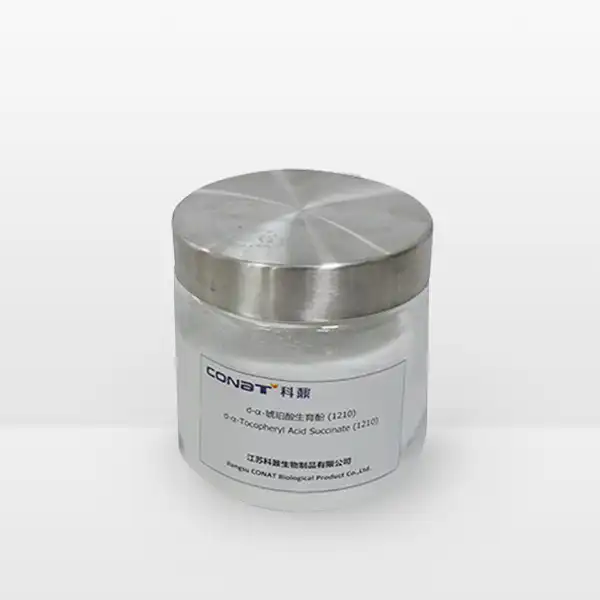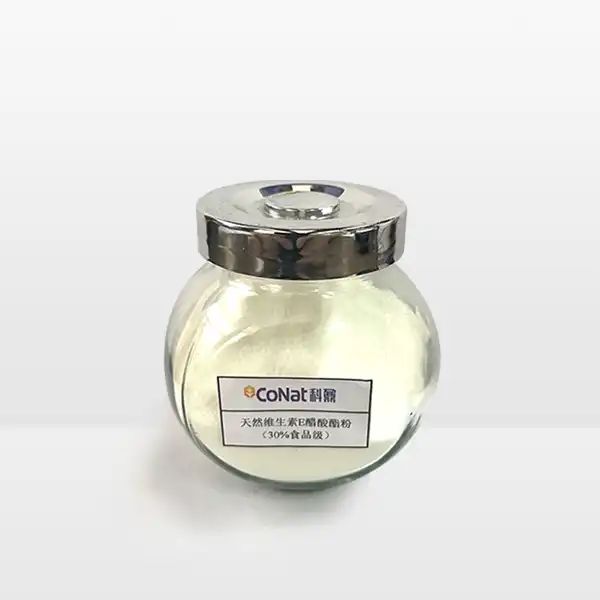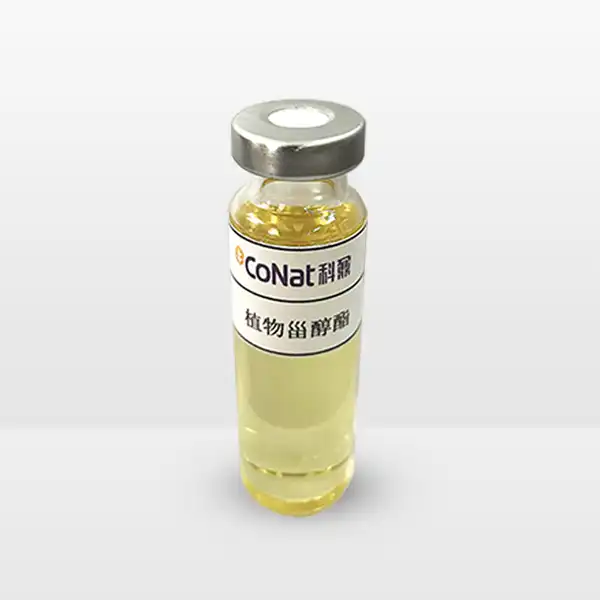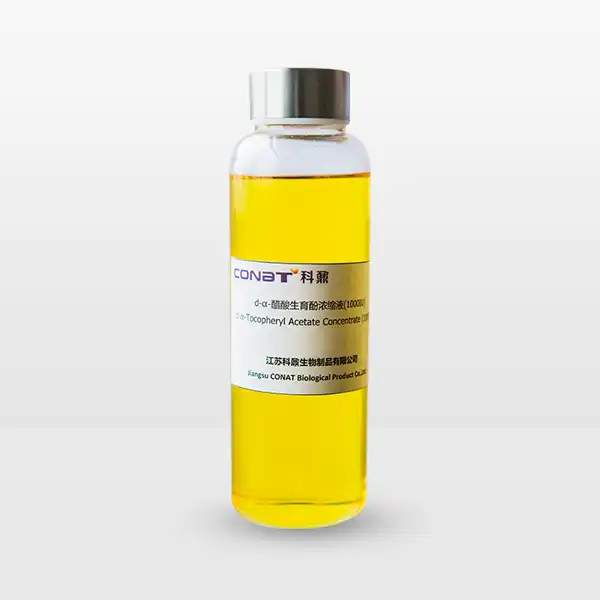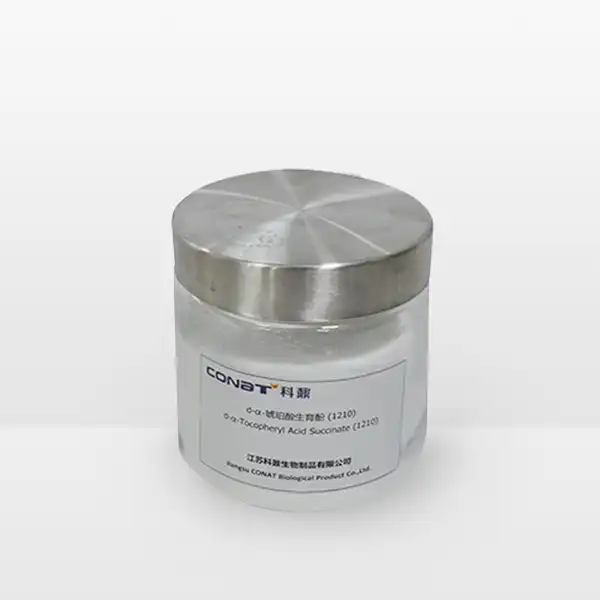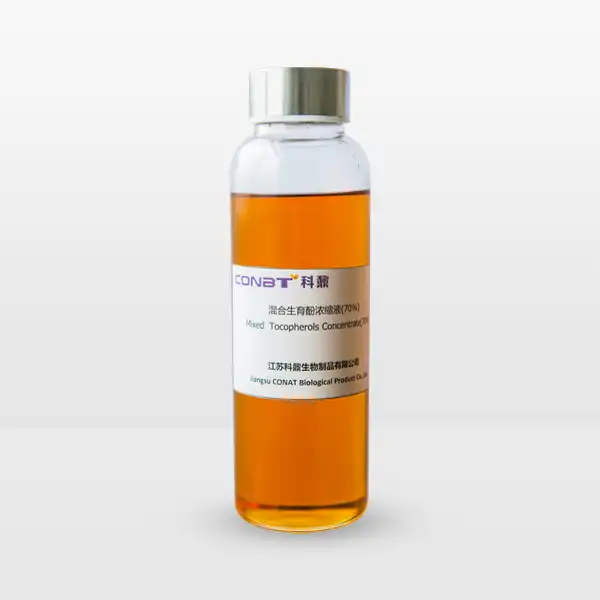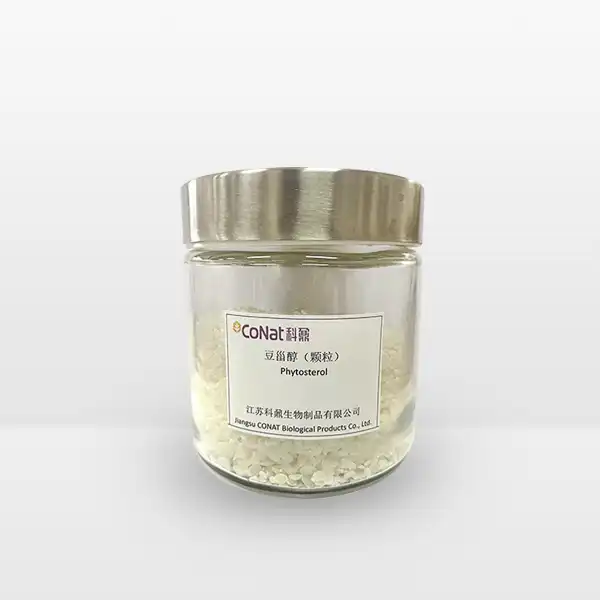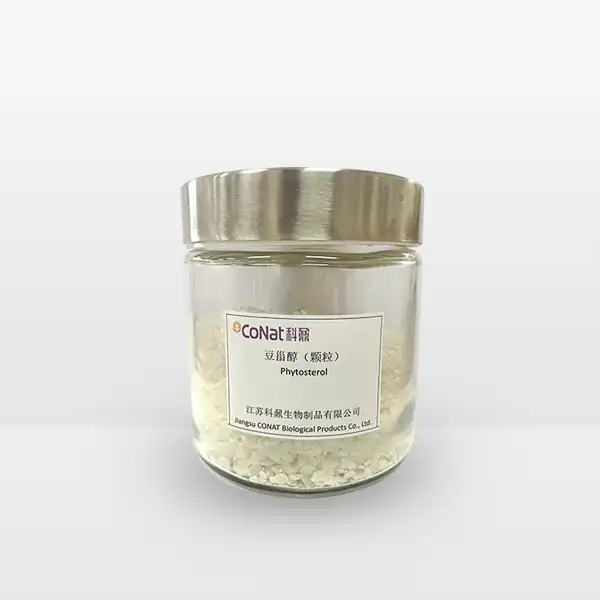- English
- French
- German
- Portuguese
- Spanish
- Russian
- Japanese
- Korean
- Arabic
- Greek
- German
- Turkish
- Italian
- Danish
- Romanian
- Indonesian
- Czech
- Afrikaans
- Swedish
- Polish
- Basque
- Catalan
- Esperanto
- Hindi
- Lao
- Albanian
- Amharic
- Armenian
- Azerbaijani
- Belarusian
- Bengali
- Bosnian
- Bulgarian
- Cebuano
- Chichewa
- Corsican
- Croatian
- Dutch
- Estonian
- Filipino
- Finnish
- Frisian
- Galician
- Georgian
- Gujarati
- Haitian
- Hausa
- Hawaiian
- Hebrew
- Hmong
- Hungarian
- Icelandic
- Igbo
- Javanese
- Kannada
- Kazakh
- Khmer
- Kurdish
- Kyrgyz
- Latin
- Latvian
- Lithuanian
- Luxembou..
- Macedonian
- Malagasy
- Malay
- Malayalam
- Maltese
- Maori
- Marathi
- Mongolian
- Burmese
- Nepali
- Norwegian
- Pashto
- Persian
- Punjabi
- Serbian
- Sesotho
- Sinhala
- Slovak
- Slovenian
- Somali
- Samoan
- Scots Gaelic
- Shona
- Sindhi
- Sundanese
- Swahili
- Tajik
- Tamil
- Telugu
- Thai
- Ukrainian
- Urdu
- Uzbek
- Vietnamese
- Welsh
- Xhosa
- Yiddish
- Yoruba
- Zulu
What Industries Use Mixed Tocopherols Concentrate?
Mixed Tocopherols Concentrate represents a versatile and powerful natural compound that has gained significant attention across multiple industries. Derived from natural vitamin E sources, these concentrated mixtures of tocopherols have become a critical ingredient in various sectors, offering unique properties that extend far beyond traditional nutritional applications. This comprehensive exploration will delve into the diverse industrial applications of Mixed Tocopherols Concentrate, highlighting its remarkable versatility and importance in modern manufacturing and nutrition.
How Do Mixed Tocopherols Concentrate Revolutionize the Food Industry?
The food industry has embraced Mixed Tocopherols Concentrate as a game-changing ingredient that addresses multiple critical challenges in food production and preservation. At its core, this remarkable compound serves as a natural antioxidant system that provides unprecedented protection for food products, dramatically extending shelf life and maintaining nutritional integrity.
Food manufacturers have discovered that Mixed Tocopherols Concentrate offer a superior alternative to synthetic preservatives. Unlike artificial additives, these natural compounds provide multiple layers of protection against oxidative degradation. The complex mixture of tocopherols, including alpha, beta, gamma, and delta variants, creates a comprehensive antioxidant network that prevents lipid oxidation more effectively than single-variant solutions.
Processed food companies have been particularly innovative in incorporating Mixed Tocopherols Concentrate into various product lines. Bakery products, breakfast cereals, nut-based snacks, and prepared meals now routinely utilize these concentrates to maintain freshness and prevent rancidity. The ability to replace synthetic preservatives with a natural, label-friendly ingredient has become a significant marketing advantage in an increasingly health-conscious consumer market.
Moreover, the functional properties of Mixed Tocopherols Concentrate extend beyond preservation. These compounds contribute to improved flavor stability, preventing the development of off-tastes that typically occur when oils and fats oxidize. The nuanced protection mechanism ensures that processed foods maintain their original sensory characteristics throughout their intended shelf life.
Nutritional considerations have further driven the adoption of Mixed Tocopherols Concentrate in the food industry. As consumers become more educated about nutritional ingredients, food manufacturers recognize the additional health benefits these compounds provide. The vitamin E complex supports cellular health, offers potential anti-inflammatory properties, and contributes to overall nutritional value.
Specialty food sectors, including organic and natural product lines, have been particularly receptive to Mixed Tocopherols Concentrate. These industries require clean-label ingredients that align with consumer expectations of natural, minimally processed foods. The ability to use a natural preservative that also enhances nutritional profile represents a significant breakthrough in food technology.
Can Mixed Tocopherols Concentrate Improve Nutritional Supplements and Pharmaceuticals?
The pharmaceutical and nutritional supplement industries have recognized Mixed Tocopherols Concentrate as a powerful tool for enhancing product formulations and delivering comprehensive health benefits. This versatile compound has transformed approaches to supplement development, offering a more holistic approach to vitamin E supplementation.
Traditional vitamin E supplements typically focused on alpha-tocopherol, the most common form of vitamin E. However, research has increasingly demonstrated the synergistic benefits of maintaining a full-spectrum tocopherol profile. Mixed Tocopherols Concentrate provide a more comprehensive approach, delivering multiple tocopherol variants that work collaboratively to support various physiological functions.
Pharmaceutical researchers have been particularly intrigued by the potential therapeutic applications of Mixed Tocopherols Concentrate. Clinical studies have explored their potential in managing oxidative stress, supporting cardiovascular health, and potentially mitigating inflammatory responses. The complex antioxidant properties suggest broader applications beyond traditional nutritional supplementation.
Nutraceutical companies have leveraged Mixed Tocopherols Concentrate to develop more sophisticated supplement formulations. By incorporating a full-spectrum tocopherol blend, manufacturers can create products that more closely mimic the natural vitamin E composition found in whole foods. This approach addresses limitations associated with isolated vitamin E supplementation.
The stability and bioavailability of Mixed Tocopherols Concentrate represent another significant advantage for the pharmaceutical and supplement industries. These concentrated formulations demonstrate enhanced preservation characteristics, ensuring that nutritional and medicinal products maintain their efficacy throughout their intended shelf life.
Advanced delivery systems have further expanded the potential of Mixed Tocopherols Concentrate in pharmaceutical applications. Researchers are exploring innovative methods of incorporating these compounds into targeted drug delivery mechanisms, potentially enhancing the therapeutic potential of various medicinal treatments.
What Role Do Mixed Tocopherols Concentrate Play in Animal Nutrition and Agriculture?
Animal nutrition and agricultural industries have discovered remarkable applications for Mixed Tocopherols Concentrate, transforming approaches to livestock health, feed production, and agricultural preservation strategies. These natural compounds have emerged as a critical tool for enhancing animal well-being and supporting sustainable agricultural practices.
Livestock feed manufacturers have increasingly integrated Mixed Tocopherols Concentrate into animal nutrition formulations. The comprehensive antioxidant properties support improved metabolic functions, enhance immune responses, and contribute to overall animal health. Poultry, swine, and cattle industries have documented significant improvements in animal performance and resilience when incorporating these concentrated tocopherol blends.
Agricultural preservation represents another critical domain where Mixed Tocopherols Concentrate demonstrate exceptional utility. Seed treatments and grain storage solutions now leverage these natural compounds to extend product shelf life and maintain nutritional integrity. The ability to replace synthetic preservatives with a natural, environmentally friendly alternative has attracted significant attention from progressive agricultural enterprises.
Aquaculture and fish farming industries have also recognized the potential of Mixed Tocopherols Concentrate. These sectors require specialized nutritional strategies to maintain animal health in controlled environments. The antioxidant properties support improved feed conversion rates, enhanced immune function, and more robust growth patterns in farmed aquatic species.
Research initiatives continue to explore the broader implications of Mixed Tocopherols Concentrate in agricultural systems. Preliminary studies suggest potential benefits in crop protection, soil health, and sustainable farming practices. The multifaceted nature of these compounds indicates promising future applications beyond current implementations.
Conclusion
Mixed Tocopherols Concentrate have emerged as a transformative ingredient across multiple industries, offering natural, versatile solutions that address critical challenges in food production, nutrition, and agricultural practices. Their comprehensive antioxidant properties, combined with nutritional benefits, position them as a key innovation in modern industrial applications.
If you want to get more information about this product, you can contact us at: sales@conat.cn.
References
1. Brigelius-Flohé, R., & Traber, M. G. (1999). Vitamin E: function and metabolism. FASEB Journal, 13(10), 1145-1155.
2. Jiang, Q. (2014). Natural forms of vitamin E: metabolism, antioxidant, and anti-inflammatory activities. Proceedings of the Nutrition Society, 73(1), 71-74.
3. Sen, C. K., Khanna, S., & Roy, S. (2006). Tocotrienols: Vitamin E beyond tocopherols. Life Sciences, 78(18), 2088-2098.
4. Tan, D. X., et al. (2018). Antioxidant synergy of vitamin E, coenzyme Q10, and selenium. Journal of Nutritional Science, 7, e8.
5. Maret, G. (2009). The function of zinc metallothionein: a link between cellular zinc and redox state. Journal of Nutrition, 139(12), 2482S-2487S.
6. Traber, M. G. (2014). Vitamin E adequacy in humans. Advances in Nutrition, 5(5), 663-664.
7. Li, F. Q., et al. (2017). Mixed tocopherols: Biological and technological developments. Critical Reviews in Food Science and Nutrition, 57(16), 3392-3408.
8. Papas, A. M. (1999). Vitamin E: therapeutic roles in health and disease. Nutrition, 15(9), 717-719.
9. Lodge, J. K. (2005). Vitamin E bioavailability and requirements in different species. Critical Reviews in Food Science and Nutrition, 45(8), 611-629.
10. Meydani, S. N. (2001). Vitamin E and immune function. Proceedings of the Nutrition Society, 60(4), 435-439.
